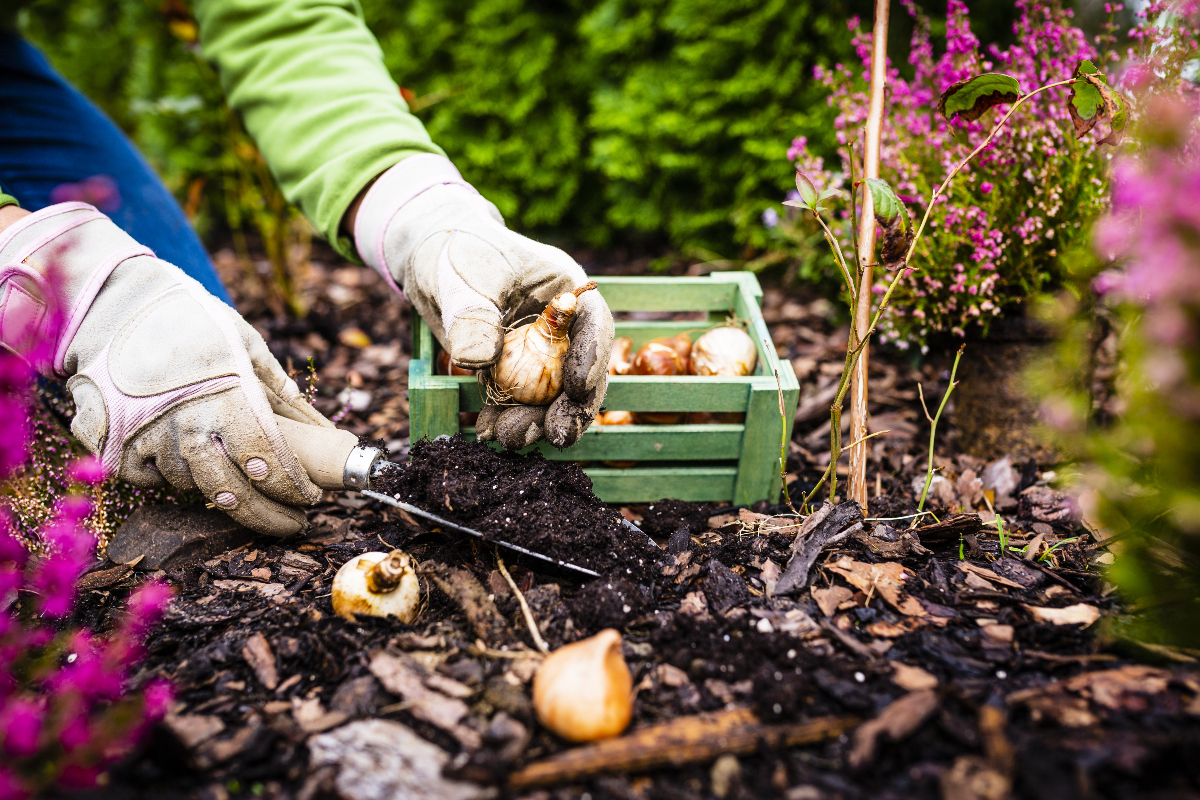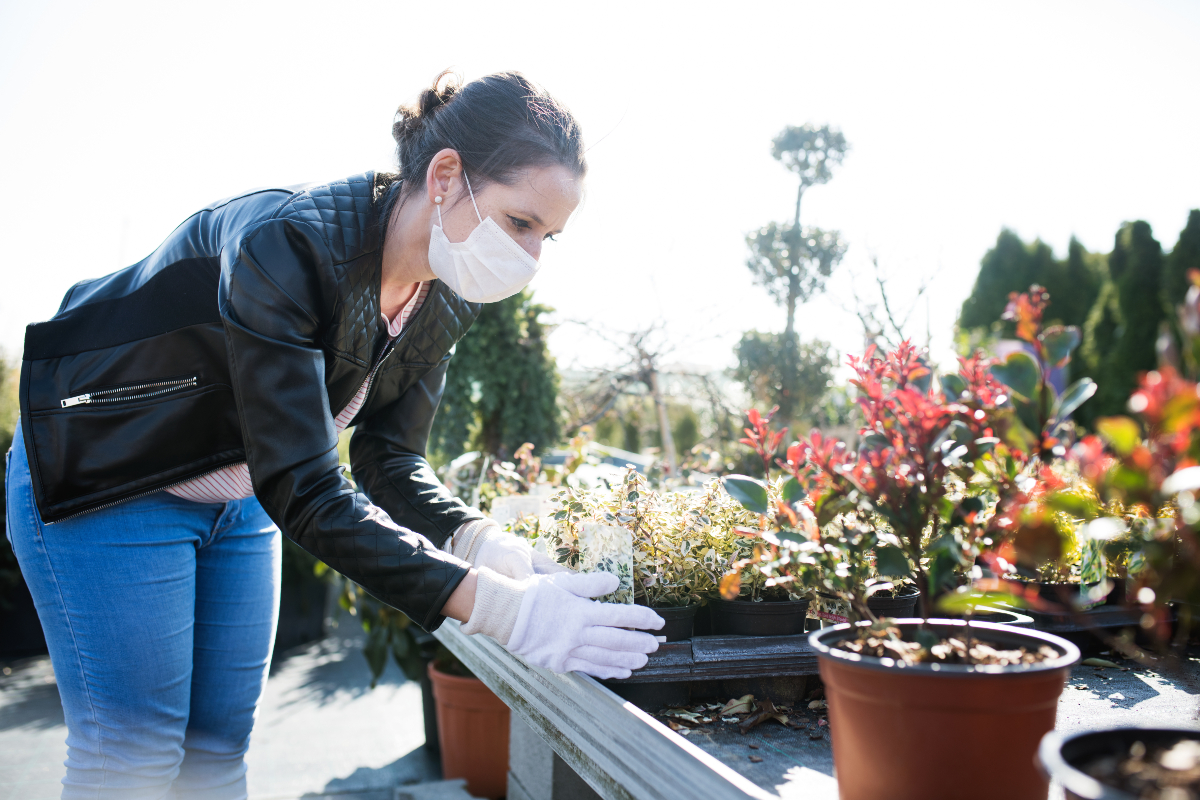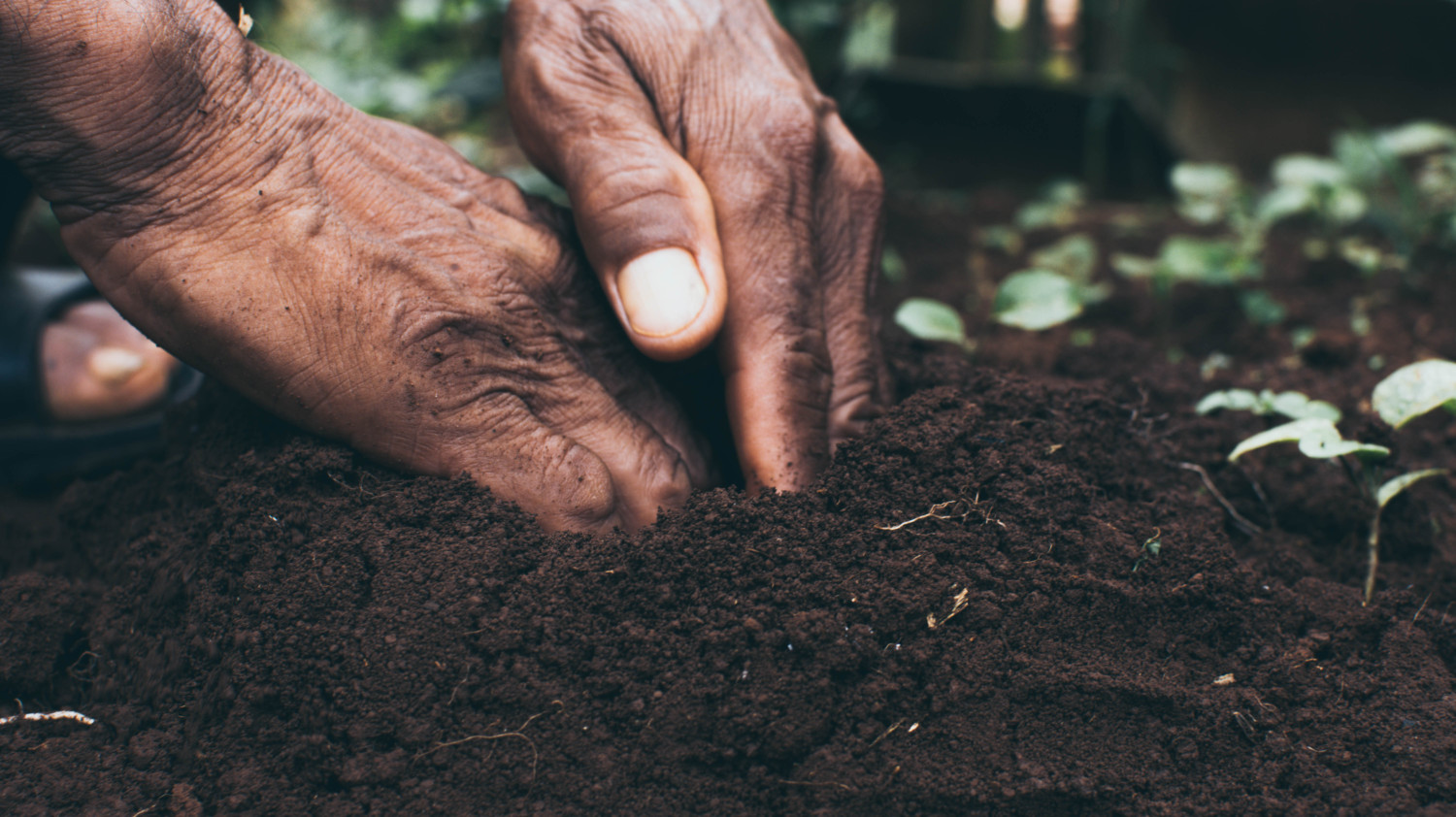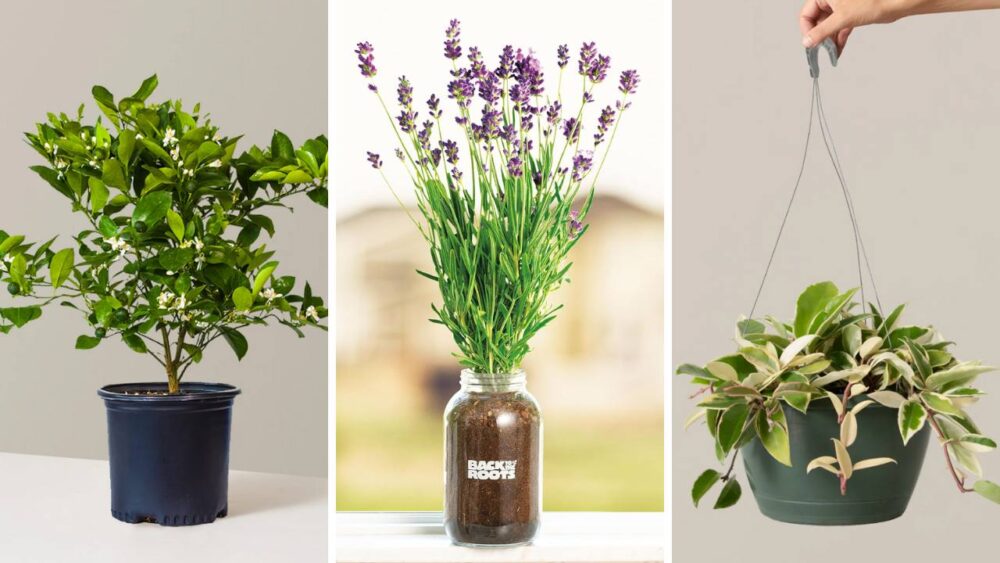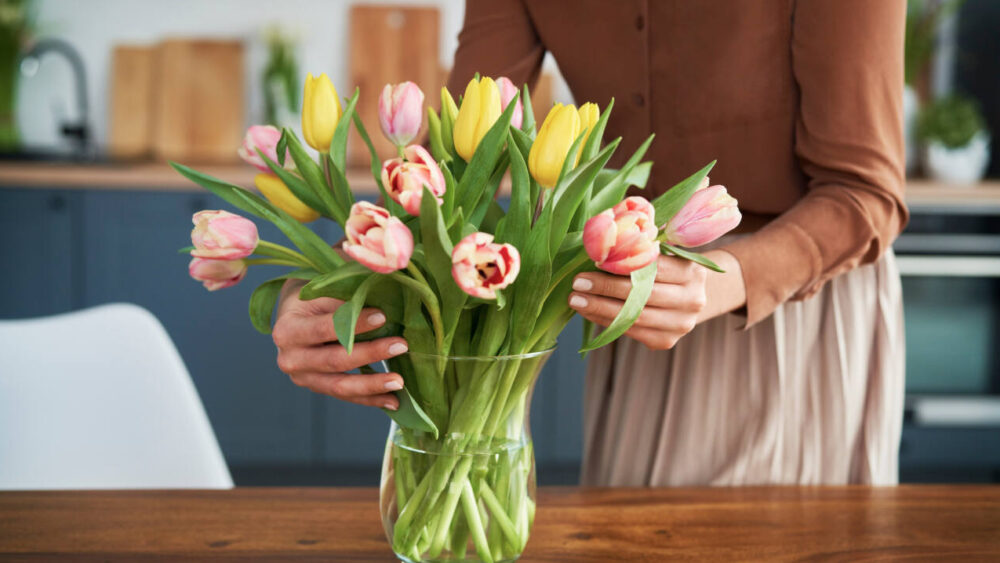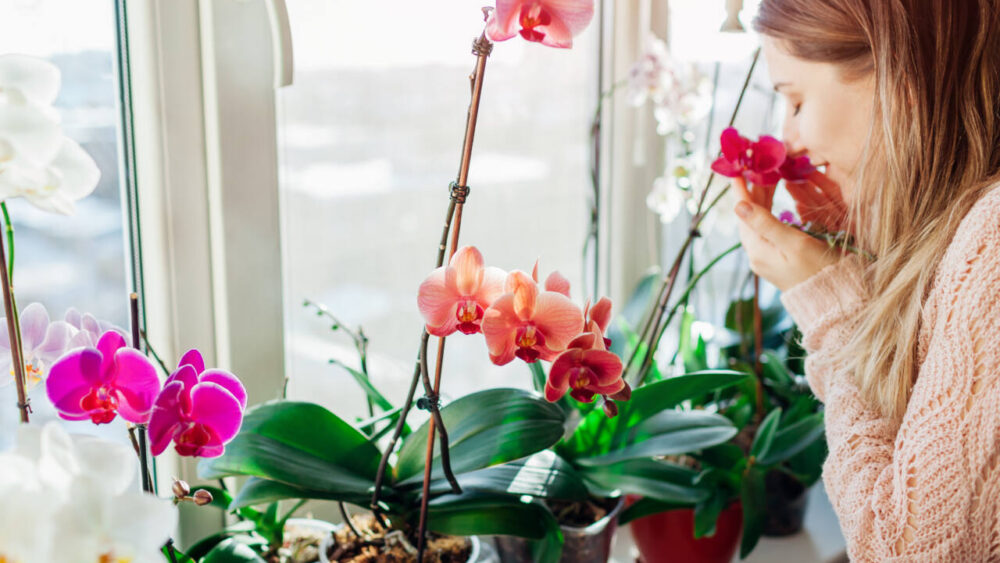How to plant bulbs in fall for beautiful spring flowers
- August 28, 2020 |Last updated on 07/29/2021
Gardening became extra popular during the pandemic as more people stayed at home, but if you’re still somewhat green when it comes to having a green thumb, you might be wondering what you should be doing to prepare your garden for the shift in seasons as the summer starts to ease into autumn.
There are many things you should do to prep your garden for colder weather, but one of the most important decisions you have to make is whether you plan to do any planting. Planting bulbs in the fall can lead to gorgeous blossoms in the spring, and it’s a wonderful way to get your hands in the dirt one last time before the season changes and your favorite flowers go into hibernation mode.
Tulips are an iconic spring blossom, but there many other bulbs you can plant right now to create colorful beauty in your garden come spring. House Beautiful suggests that fall is a great time to plant bulbs like hyacinths, crocuses, alliums, daffodils and irises.
Not sure when to plant your bulbs? The gardening experts at HGTV say that you need to plant your bulbs at the optimum time if you want them to blossom beautifully in the spring. The optimum time will depend on your location and the weather, but ideally, you must get these bulbs in the ground six weeks before the ground freezes in your area. One good rule of thumb is to wait until the night temps hit around 40 to 50 degrees, then start planting your bulbs.
Bulbs need to planted about three times as deep as they are tall, says Better Home and Gardens. In other words, if your bulb is 2 inches tall, it needs to be planted 6 inches deep in your garden in order to grow properly. You can use a trowel, but a bulb planter is helpful for consistency and simplicity in bulb placement.
Now, remember, you aren’t the only one making plans for colder weather. Adorable but destructive little rodents like chipmunks, voles and squirrels have similar plans, and bulbs will be very tempting for critters storing up food for the winter.
So make sure to protect your bulbs by using hardware cloth or by mixing crushed oyster shells in your soil. Rabbit and deer repellants may also do the trick.


